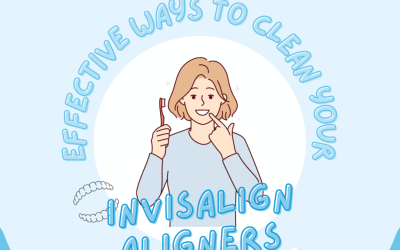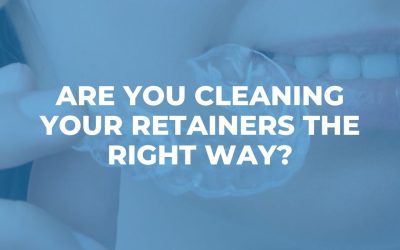How do I prevent tartar
build-up?
Here’s some information on preventing tartar build-up.
Table of Contents
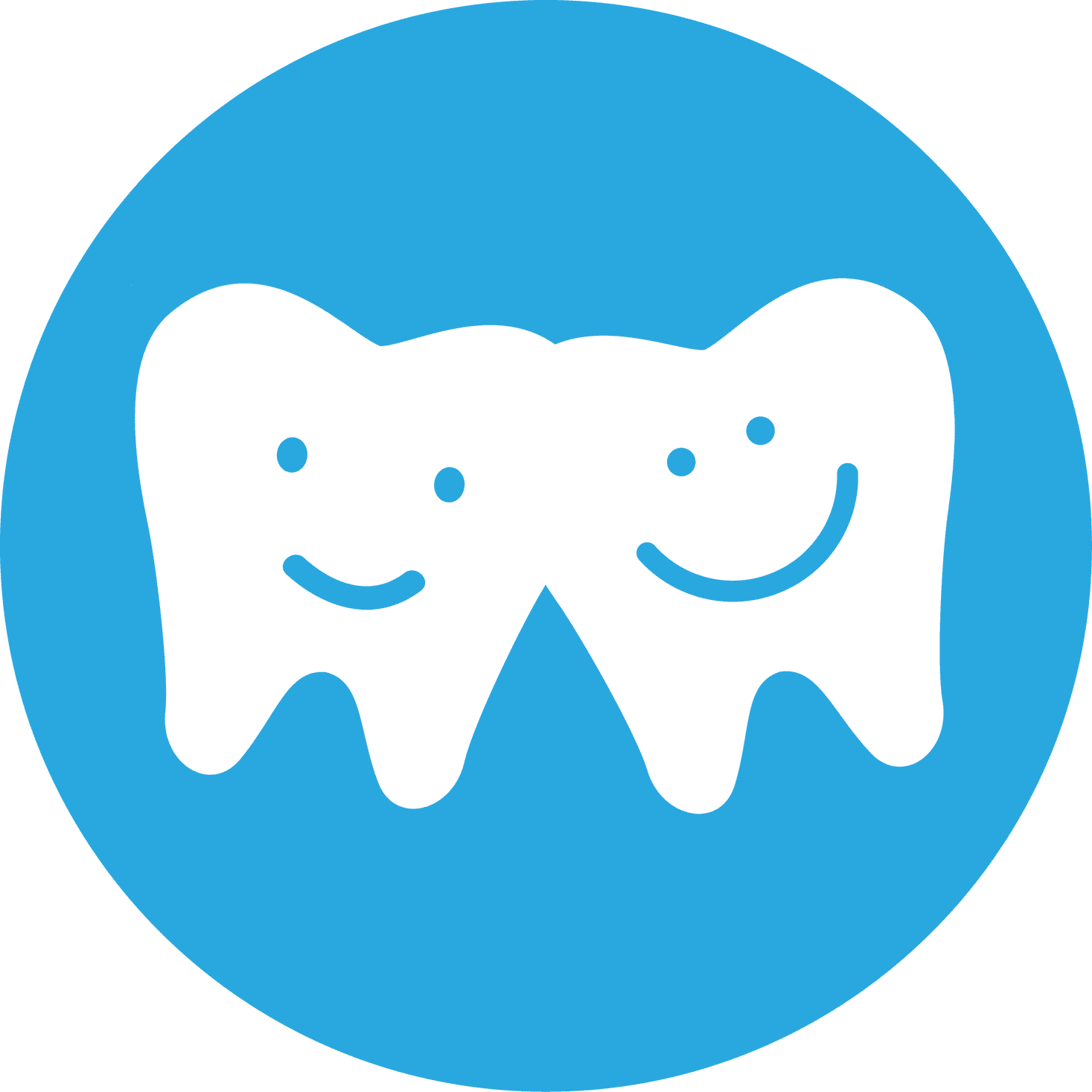
Written by NoFrills Dental
This dental article has been curated by the clinical team @ NoFrills Dental 🙂
December 8, 2022
Prevention of tartar
If tartar builds up on teeth, it’s more harmful than the plaque it originates from, putting you at greater risk of tooth loss due to cavities and gum infection. Once tartar has formed, you can’t get rid of it yourself, so it’s important to know how to stop it developing in the first place. In this post, we’ll be looking at measures you can take to prevent tartar accumulation. An understanding of how tartar develops will help in your efforts to keep it at bay. So we’ll explain this too. You’ll also find out what the warning signs of tartar are, the problems it can cause, and whether you’re particularly susceptible to tartar build-up.

What is tartar?
Tartar – dental calculus – develops from plaque, which contains millions of bacteria. We all have dental plaque – a slimy, sticky substance that builds up throughout the day on and between teeth and under the gum. The bacteria in plaque feed on carbohydrates – sugars and starches – in the food and drinks we consume. Not all bacteria are harmful, but most of the microbes in plaque are destructive – Streptococcus mutans and Streptococcus sanguis. These tiny single-cell organismisms produce acid as a waste product, which gradually eats into dental enamel – the outer, protective layer of teeth – and causes decay and cavities. If bacterial plaque isn’t managed with regular brushing and flossing, it can harden into tartar, which is far more difficult to remove.
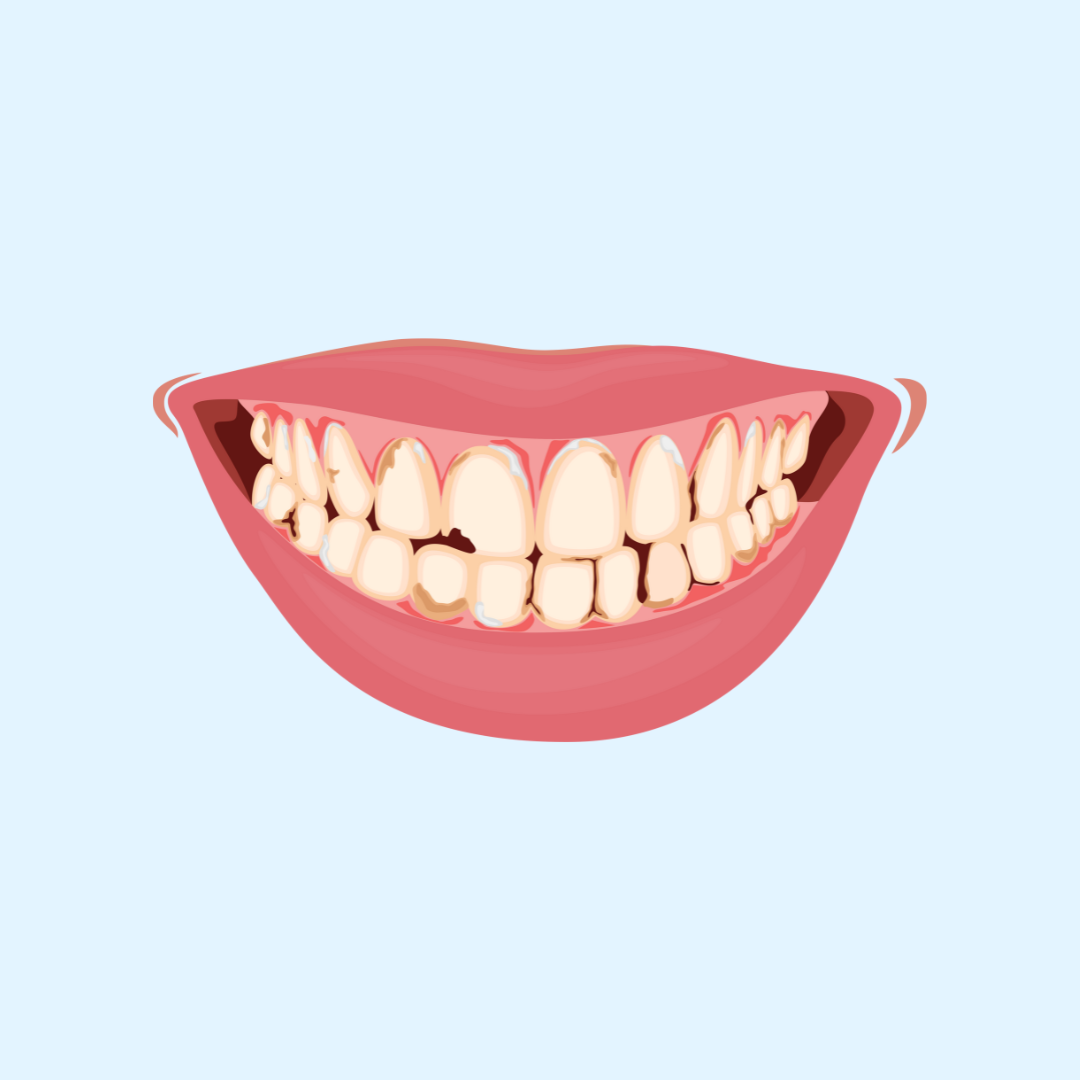
What causes plaque and tartar?
About 700 species of micro-organisms, including bacteria, live in our mouth, and some join together to form plaque. When food and saliva combine, it creates ideal conditions for oral bacteria to feed, grow and multiply, especially where the teeth and gums meet but also on the tongue and throughout the mouth. These bacteria like to feed on carbohydrates, which are found in a wide range of foods including bread, pasta, rice and potatoes, and in sugars such as sucrose in sweet treats and soft drinks. If plaque is allowed to continue accumulating, it can quickly turn into tartar – within 24 to 72 hours – as minerals from saliva find their way into the plaque biofilm.
What damage does tartar do?
Tartar is a common dental problem and much more difficult to get rid of than plaque, and this puts your oral health at greater risk, both above and below the gum line.
Calcified plaque increases the risk of:
- Tooth decay – damage to dental enamel that can lead to cavities (dental caries) – holes in teeth that cause pain, infection, and tooth loss.
- Tooth sensitivity – dental discomfort from hot or cold drinks and foods.
- Tooth discoloration – tartar can turn your teeth green, brown or black.
But the greatest risk from tartar build-up is gum disease.
Tartar and Gum Disease
The longer plaque and tartar remain on teeth, the more harmful they become, increasing the risk of gum infection from long-term exposure to bacteria. Gum disease starts as gingivitis – inflammation of the gums – and can progress to the more severe condition of periodontal disease/periodontitis. Gum disease is the leading cause of tooth loss among adults. Periodontal infection and inflammation destroy bone and connective tissues in the jaw that hold teeth in place. Eventually, teeth can become so loose they have to be removed. Many studies indicate that gum disease can also jeopardize your overall health as infection travels from the mouth through the bloodstream to other parts of the body, including vital organs.
Gum disease has been shown to cause or aggravate medical conditions such as:
- Heart disease.
- Stroke.
- Cancer.
- Dementia.
- Diabetes.
- Lung infection.
Periodontal disease can also increase the risk of premature birth and erectile dysfunction.

Who is more likely to get tartar?
Since everyone has bacterial plaque in their mouth, we’re all vulnerable to tartar build-up. However, older people and young children are more at risk, and so is anyone who:
- Eats a lot of sugary and/or starchy foods.
- Doesn’t practise diligent oral hygiene.
- Fails to get regular dental care.
- Uses tobacco products.
- Suffers from dry mouth (xerostomia).
- Has crooked or crowded teeth.
While misaligned teeth are a risk factor for tartar accumulation, so is wearing fixed braces to straighten them – it also makes it more difficult to clean your teeth properly.

Signs that you may have tartar building up
While plaque is a soft, clear or pale-yellow substance, when it calcifies into tartar it becomes hard and porous, feels crusty on your teeth, and stains your teeth as it darkens in colour.
Other signs of plaque and tartar accumulation include:
- Persistent bad breath (halitosis) – from the odour produced by toxins released by bacteria.
- Hard deposits on teeth.
- Teeth that feel slimy or fuzzy.
- Loose teeth.
- White or yellowish residue on dental floss.
- Sore gums.
- Bleeding gums.
- Red or swollen gums.
Preventing plaque and tartar build-up
Once tartar builds up, you can’t do anything about it yourself, so it’s imperative to control the plaque from which it develops.
You can this with a combination of:
- Good dental hygiene.
- Preventive dental care.
- Healthy diet.
- Avoiding smoking.
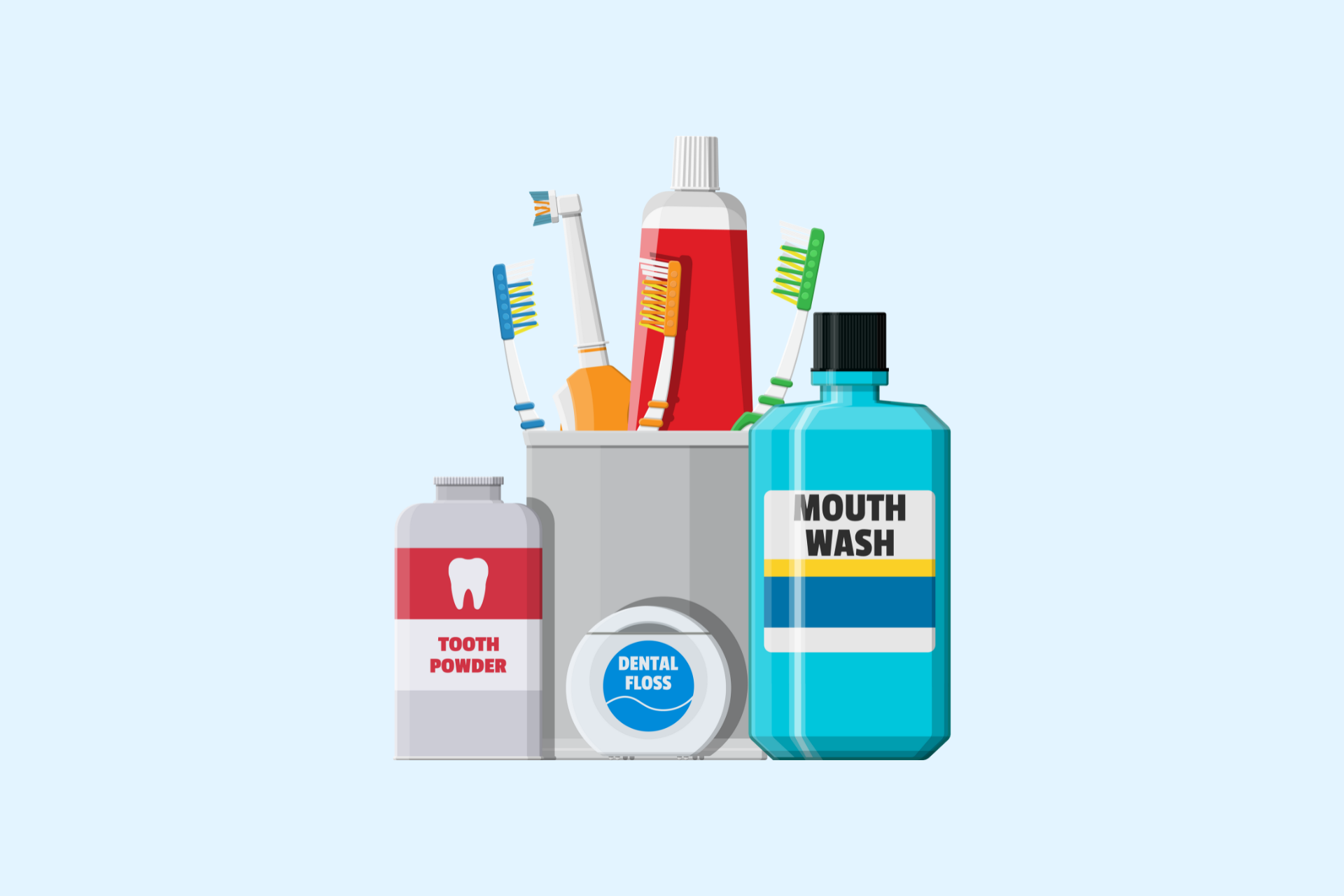
Oral Hygiene
One of the most important factors in countering plaque and tartar accumulation is good oral hygiene. Brush your teeth for at least two minutes twice a day, morning and bedtime. Use fluoridated toothpaste, and pay particular attention to where teeth meet the gums. A soft-bristled brush will ensure effective cleaning without damaging your gums. And make sure the toothbrush head is small enough to access areas that can be difficult to reach, like your back teeth. Studies have shown that electric toothbrushes remove more plaque than manual brushes, and other research found that tartar-control toothpaste can improve calculus removal by more than 30 per cent. Floss at least once a day to remove food debris and plaque deposits between your teeth. Drink plenty of water to flush away oral bacteria. Use an antibacterial mouthwash.
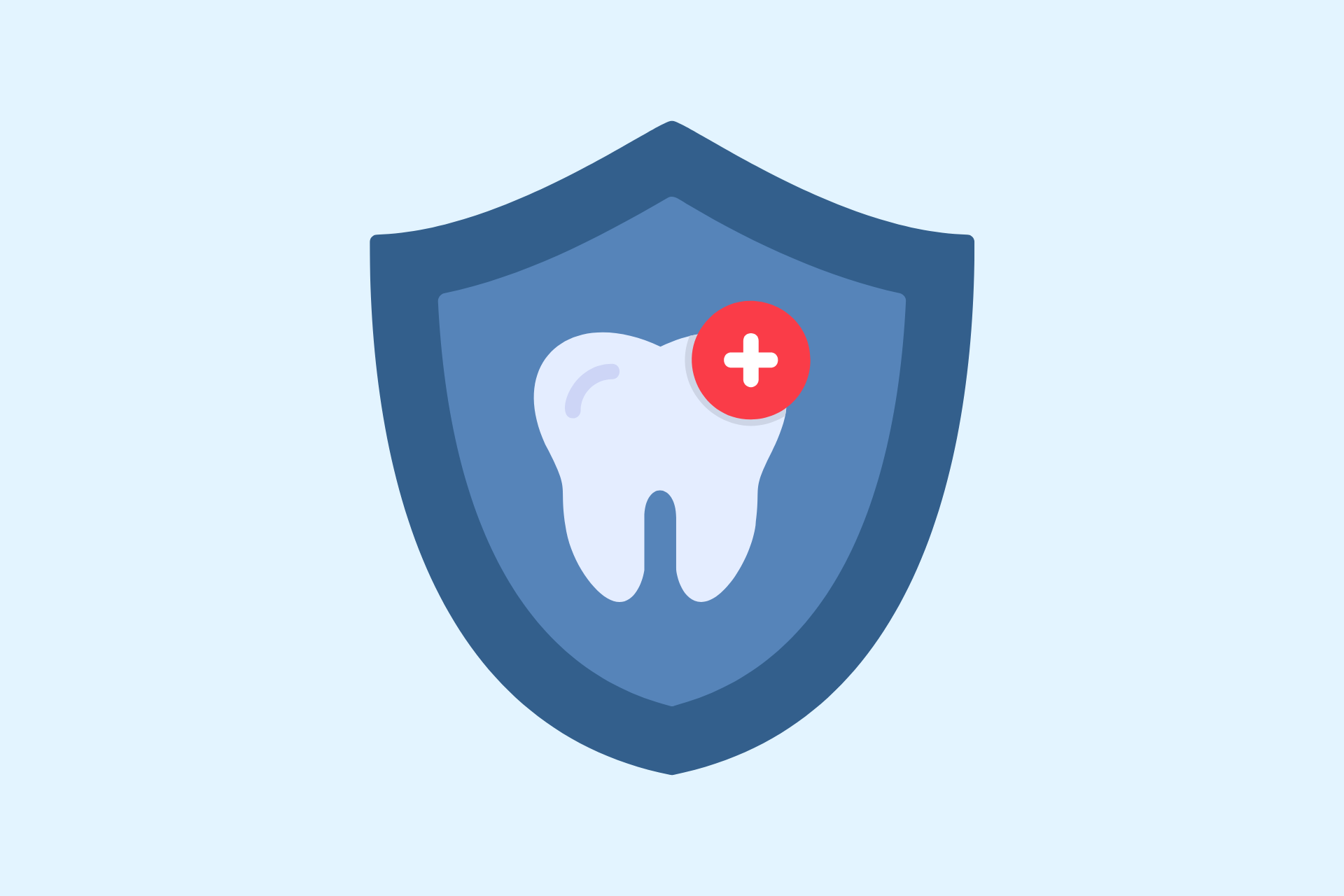
Preventive Dentistry
Dental check-ups and cleanings every six months are essential to support your oral healthcare efforts at home. Because plaque may be colourless, it can be difficult to see with the naked eye. Dentists have instruments to detect and remove plaque. Routine dental visits, including X-rays, may also reveal other dental health issues and enable early treatment. Your dentist may recommend dental sealants for back teeth to provide a protective barrier against plaque and food debris. Sealants also smooth the chewing surfaces of teeth, which makes it easier to keep them clean. You won’t be able to remove tartar at home, and you shouldn’t attempt to do so. Scratching at this cement-like substance with makeshift “dental tools” can damage your teeth and gums. A dental cleaning will eliminate any plaque and tartar deposits. Tartar can only be removed by a dental professional using special instruments.

Healthy Diet
A nutritious, balanced diet will benefit your general health as well as your oral health. Sugary or starchy foods and drinks feed the bacteria that live in plaque and tartar.
So you should try to avoid or cut down on snacks and drinks such as:
- Sugary, sticky candies like caramels.
- Cakes.
- Cookies.
- Potato chips.
- Carbonated soft drinks.
- Juices.
- Sports drinks.
- Wine.
On the other hand, some foods are good for your dental health, including:
- Crunchy foods like raw carrots and celery, which scrape away plaque and food particles that build up along the gum line between your teeth.
- Leafy greens such as spinach and kale.
- Shiitake mushrooms, which contain the anti-bacterial compound lentinan.
- Peppers – peppers of all colours have high levels of anti-inflammatory vitamin C.
- Onions, which neutralise oral bacteria.
- Dairy products – low-fat or fat-free milk, plain yogurt, and cheese.
- Green tea – believed to have anti-inflammatory properties.
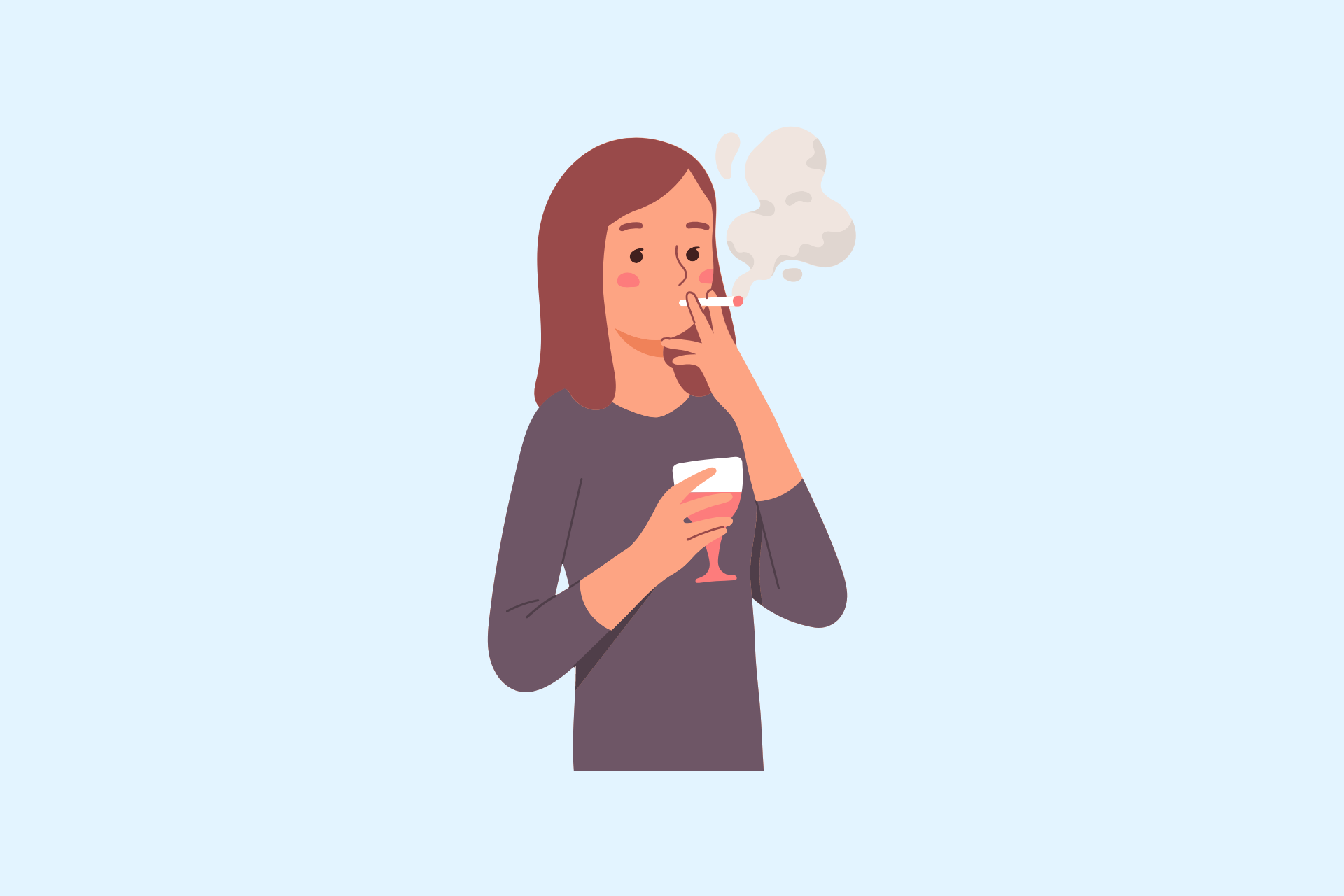
Smoking and Plaque
You likely already know that smoking damages your general health, but you may not realise that nicotine and tar in cigarettes increase plaque and tartar accumulation, and smokers are much more likely to get gum disease. Smoking also puts you at greater risk of oral cancer.
Plaque and Tartar FAQs
At NoFrills Dental, our patients often have many questions about plaque and tartar. Here are the answers to some of their most common questions.
What happens if plaque isn’t removed?
If plaque is left untreated, it hardens into tartar. This increases the risk of tooth loss through cavities and gum disease, and can result in tooth staining, dental sensitivity, and bad breath.
What’s the difference between plaque and tartar?
Plaque is a soft, sticky, colourless or yellowish biofilm. Tartar is a hard, crusty, darker-coloured deposit. While plaque can be removed by brushing your teeth at home, tartar bonds so strongly to teeth that it needs to be removed by a dental professional.
Will polishing my teeth help to control plaque?
As part of a dental cleaning, teeth scaling followed by polishing can significantly reduce plaque build-up on teeth.
Does teeth whitening work if you have plaque or tartar?
Teeth whitening treatment is far less effective if you have a layer of plaque or tartar on your teeth, which creates a barrier between dental enamel and the whitening agent. This can result in dark spots showing through on your teeth.

“
Looking to get started on your brand new & improved smile? Speak to our dentists today!
Our team of experienced dentists are fully dedicated to providing patients with high-quality and affordable dental care. Our dentists are well-versed in the cosmetic dentistry, and highly adept in producing highly aesthetic and long lasting results for all of our patients.
Schedule an appointment
We’ll get back to you within 24 hours.
Our Dental Clinics
We are conveniently located at these locations:
NoFrills Dental @ Suntec City
3 Temasek Boulevard
Suntec City (North Wing)
#03-317
Singapore 038983
NoFrills Dental @ Marina Square
6 Raffles Boulevard,
Marina Square,
#B1-11
Singapore 039594
Related Posts
Effective ways to clean your Invisalign Aligners
The advanced technology of Invisalign aligners has made them a hugely popular alternative to braces for straightening teeth, among teens and adults alike.
These clear plastic appliances are more comfortable and virtually unnoticeable in the mouth, and have the further advantage of removability for brushing and flossing and meals and snacks. And they can fix less complex orthodontic problems up to twice as fast as braces.
How to Clean Retainers: For Removable and Permanent Retainers
Retainers sit inside of your mouth and come into direct contact with your teeth. Bacteria, plaque and tartar can quickly accumulate inside of your retainers if they’re not cleaned properly and regularly. Just like your regular teeth, it’s important to clean your retainers everyday.
ClearCorrect vs Invisalign
In this article, we compare two popular clear aligner companies: Invisalign and ClearCorrect. They are two of the most renown in-office clear aligner companies that boast a strong track record of results. Both sets of aligners aim to straighten misaligned teeth and correct jaw discrepancies, however, the process to getting to an ideal end result (i.e., straight teeth and aligned jaws) varies slightly.
